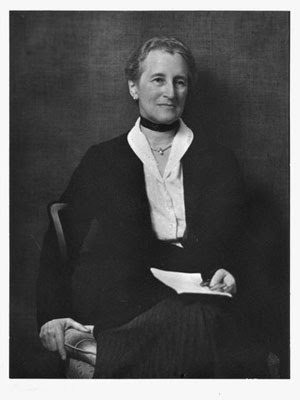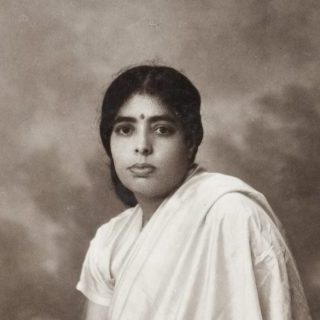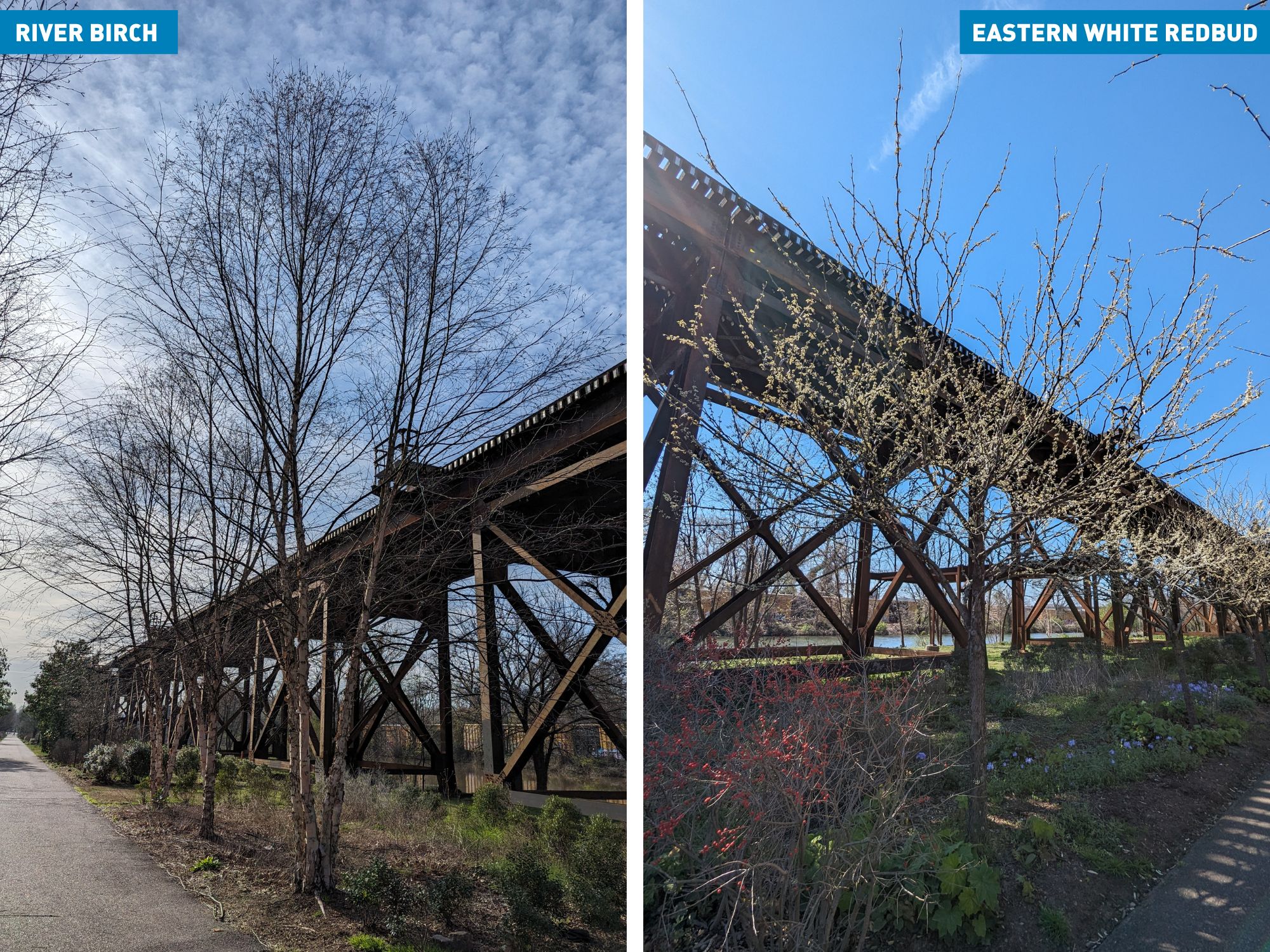March Tree Talk featuring Women in Horticulture, Landscape Design, and Forestry
Women, throughout history, have made a huge impact on horticulture, landscape design, and forestry over the decades. As a woman-founded organization we celebrate the achievements of women year-round – from our inspirational founders and mentors to the dedicated women working today. To celebrate Women’s History Month, we’re highlighting a handful of noteworthy women that have progressed science, design, literature, human rights, and environmental protection, all while celebrating the importance of plants.
The achievements of these women are expansive, but we hope this gives a glimpse into the importance of their work and how they have shaped our industry and our world.
Beatrix Farrand (1872 – 1959):

source for image: https://www.tclf.org/pioneer/beatrix-farrand
“The essence of the enjoyment of a garden is that things should look as though they like to grow in it.” – Beatrix Farrand
Beatrix Farrand was born in New York City and studied garden design at the Arnold Arboretum under Charles Sprague Sergent. Under his tutelage she learned how to choose plants that would grow well given the land requirements rather than reconstruct the earth to work for specific flora. She was a founding member of the American Society of Landscape Architecture (ASLA) and the only female of eleven individuals during its inception. Beatrix was diligent in her designs and in the care that followed. She maintained close relationships with her clients, so she could continue to invest in her gardens after initial installation was complete. Placing a huge emphasis on the importance of ongoing maintenance, she understood that gardens need constant attention. Known most for her artistic and aesthetic designs, she often relied on native plants and trees which she incorporated into classical planting plans. Though many of the 200 plus gardens Farrand designed are no longer around, her legacy is still able to be viewed at Dumbarton Oaks in Washington DC.
Dr. Eloise Gerry (1885 – 1970):

Source for Image: https://onwisconsin.uwalumni.com/eloise-gerry/
“The Forest Service did not want a woman, but as it happened there wasn’t any man willing to come and do the work.” – Dr. Eloise Gerry
Although women had been working in the forest service since its beginning, they were often relegated to clerical, administrative, or educational positions. At least until Dr. Eloise Gerry came along. Born in Massachusetts, she first graduated in 1908 with a degree in chemistry. After completing her masters she moved to Madison, Wisconsin where she went to work in the new Forest Products Laboratory as the first female researcher to be hired by the forest service. She was also the first female in the United States to work in microscopy. While in Wisconsin, she earned her PhD in botany and plant pathology specializing on the anatomical structure of wood. Her legacy has most notably lived on in her research on southern pines and the production of turpentine.
Dr. E.K. Janaki Ammal (1897 – 1984):

Source for Image: https://awis.org/historical-women/dr-janaki-ammal/
Dr. E. K. Jenaki Ammal holds a lot of “firsts”, living at a time when literacy for women in India was less than 1%. She was the first Indian woman to receive a doctorate in botany in the U.S., which she accomplished at the University of Michigan where she focused on plant cytology. She was also the first female salaried employee at the Royal Horticultural Society in the UK where she co-authored the Chromosome Atlas of Cultivated Plants. She initially left India due to its active discouragement of single women pursuing science, but she continued to serve her country from afar by cultivating a strain of sugarcane that would grow more readily in India’s climate and produce a sweeter sugar. She returned to India in 1950 at the request of India’s first prime minister to reorganize the Botanical Survey of India and became a valued national scientist. Today she is also noted for her contributions to helping save Silent Valley, an important evergreen tropical forest in India that was being threatened by development of a hydroelectric plant. Not only did she lend her voice to support the saving of this space, but she also began documenting all the flora found in what is now one of India’s National Parks.
Dr. Wangari Maathai (1940 – 2011):

Source for Image: https://womenscenter.unc.edu/2016/03/inspiration-for-womens-history-month-wangari-maathai/
“When we plant trees, we plant the seeds of peace and hope” – Dr. Wangari Maathai
Born in Nyeri, Kenya, Dr. Wangari Maathai became the first woman in East and Central Africa to earn a doctorate degree. Her undergraduate and masters degree were earned in the United States before she went on to acquire her PhD in Germany and the University of Nairobi. She was an active member of the National Council of Women of Kenya and served as Chairman from 1981 to 1987. During this time she introduced the idea of planting trees and founded the Green Belt Movement which progressed into a broad based, grassroots organization. She prioritized working with women’s groups to plant trees and improve quality of life and the environment. Through the Green Belt Movement she assisted women in planting more than 20 million trees on their farms and community areas. She later inspired the United Nations to launch a similar campaign that has led to the planting of 11 billion trees worldwide. She received many notable awards throughout her lifetime including the Nobel Peace Prize in 2004, she earned a spot in UNEP’s global 500 hall of fame, and was named one of the 100 heroines of the world.
For more information on these remarkable women, references for the information above can be found here:
https://www.princeton.edu/~gradcol/perm/farrand.htm
https://www.tclf.org/pioneer/beatrix-farrand
https://www.osgf.org/blog/2019/3/6/beatrix-farrand-an-ecological-designer
https://www.gwis.org/page/Gerry_Endowment
https://www.rhs.org.uk/education-learning/libraries-at-rhs/articles/janaki-ammal
https://www.nobelprize.org/prizes/peace/2004/maathai/biographical/
March — Urban Green Space Maintenance

The warmer spring weather has brought new blooms to the gardens, and with additional growth comes longer maintenance days. We have been hard at work in the gardens this March to get ahead on spring tasks. As always, we are maintaining our focus on pulling weeds. We also cut back some of our grasses and goldenrod stalks in the rain garden at Great Shiplock Park. For most of our spring cutbacks we make sure that temperatures are above 50 degrees during the day and at night to be considerate of overwintering insects. In some areas though, we carefully get a jump on the spring cleaning. Plants that have potential for hosting tube nesting insects are checked for larval caps and left in the garden or nearby where they can still emerge once it warms up for good.
March — Featured Tree Seasonal Update
This year we’ll be documenting the same two trees as they progress out of dormancy, bud out in the spring, are full of foliage in the summer, and lose their leaves in the fall. Follow along for monthly updates on the River Birch and Eastern White Redbud along the Low Line Gardens in Richmond, Virginia.

March — Spotted at The Low Line!

We saw a lot of rain in the first half of March, and the month ushered in the official start of spring. The second half of the month has had a number of wildlife sightings at the Low Line. A bald eagle was spotted again along with some ospreys. A male and female mallard duck have been spending time together in the Kanawha Canal, we’re crossing our fingers for spring ducklings! The Koreanspice Viburnum (pictured above) along the Low Line is starting to bloom and the wonderful fragrance that comes along with it is hard to miss!


